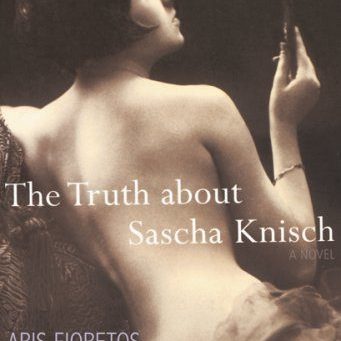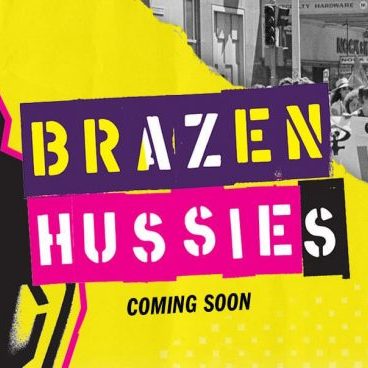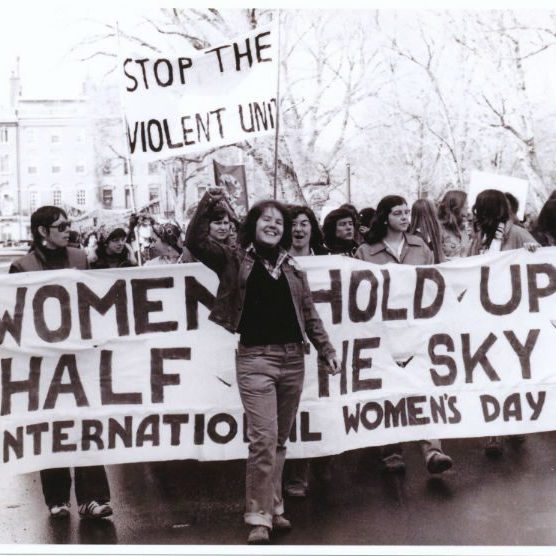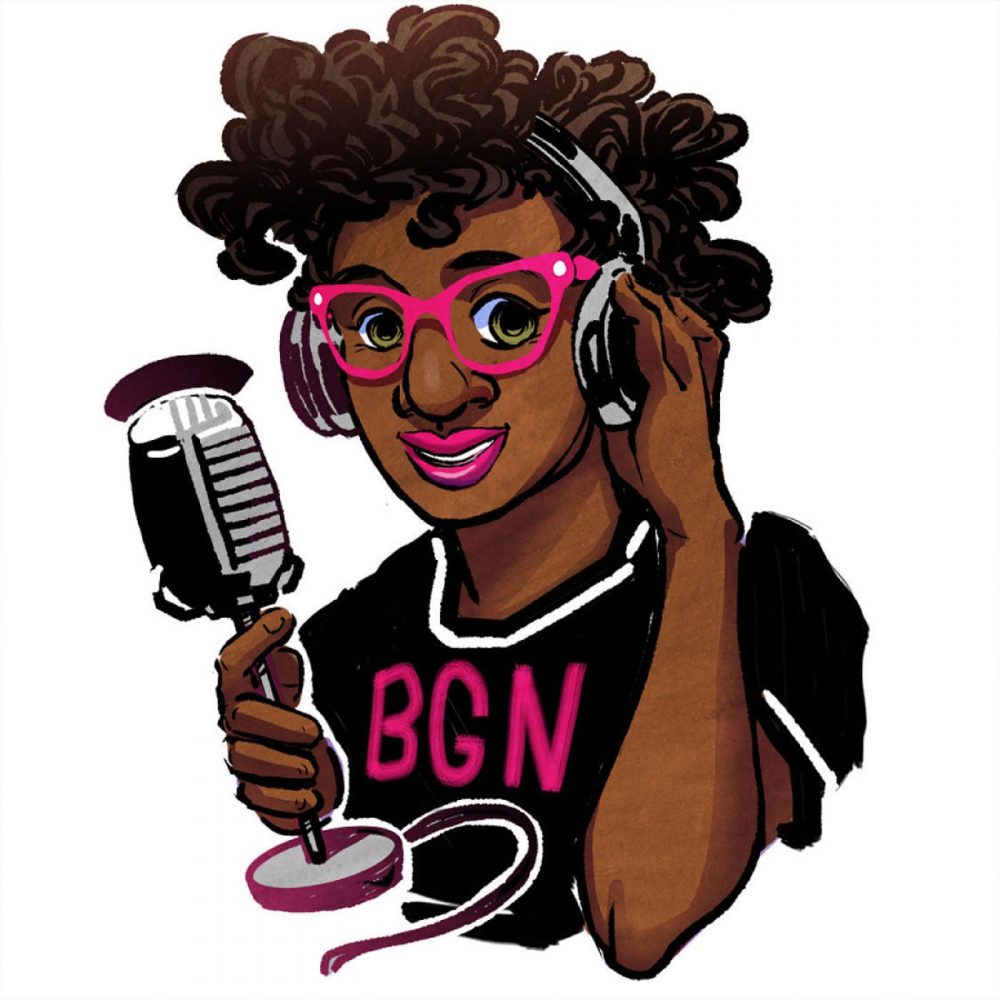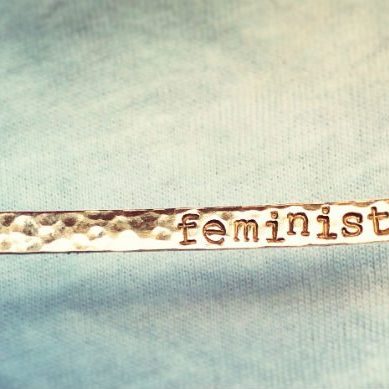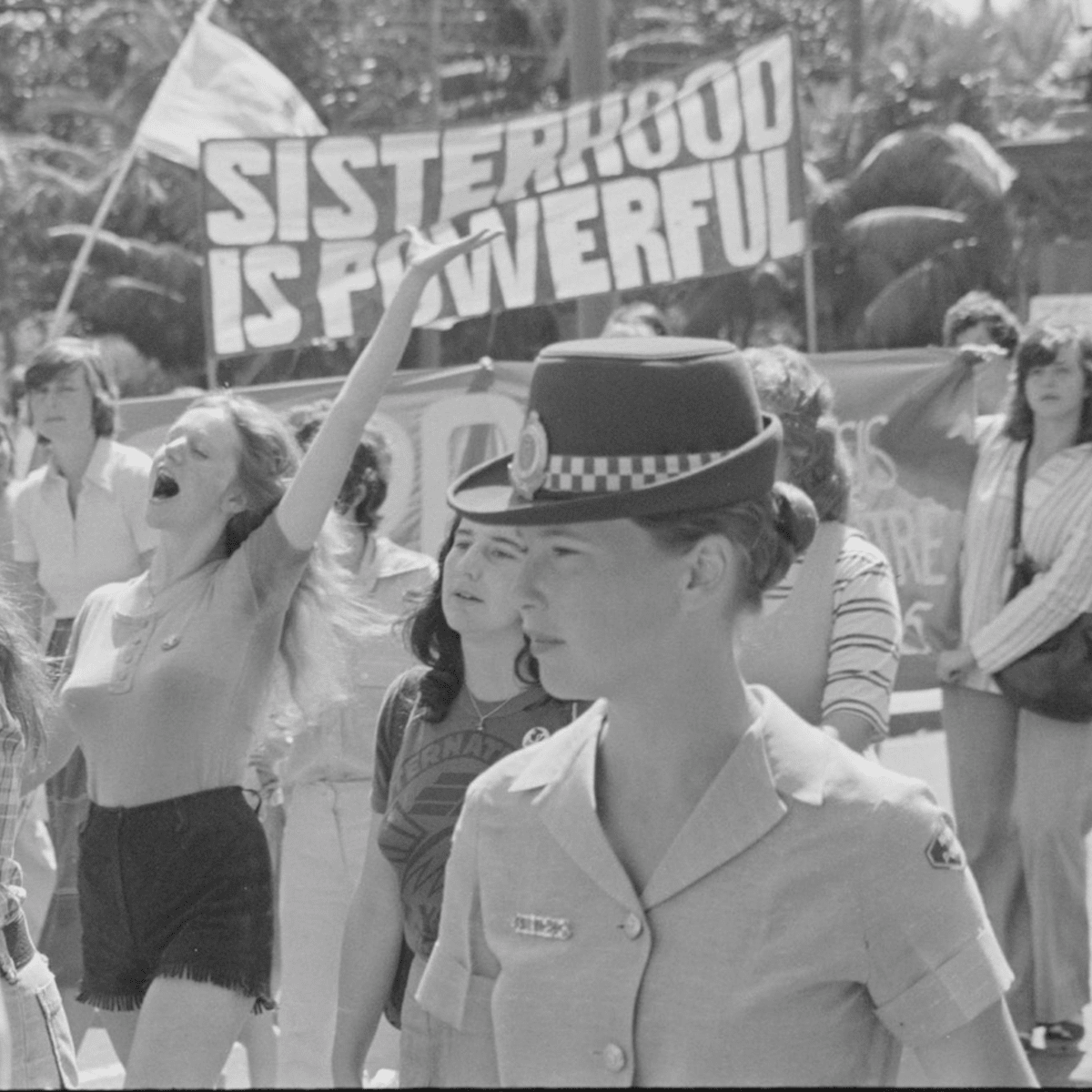
Brazen Hussies: this film captures the heady, turbulent power of Australia’s women’s liberation movement
Sally Breen, Griffith University
Review: Brazen Hussies, directed by Catherine Dwyer, Brisbane International Film Festival.
The moment feminist author Kate Jennings took to the microphone at a moratorium on the front lawn of Sydney University in 1970 is presented as a galvanising catalyst of Australia’s women’s liberation movement in Catherine Dwyer’s documentary film Brazen Hussies.
We learn it was the first time the paragons of the male left had deigned to allow a woman to speak.
And speak back to them she did.
It suits you to keep women in the kitchen and in underpaid menial jobs. Under your veneer you are brothers to the pig politicians. You’ll say I’m a man hating, bra burning, lesbian member of the castration penis envy brigade … which I am!
Her words and her rage whipped through the gathered crowd like the wind. The men erupted, chanting, “You belong on your back. You, ugly bitch.”
Brazen Hussies does an excellent job of condensing and capturing what was a heady and turbulent period of consciousness-raising and revolution in Australia.
Many of the women featured in the film describe the sweep of second-wave feminism as an awakening, like coming out of a fog, a feeling they’d been hoodwinked into this great con of domesticity, child-rearing and menial work. And when those realisations kicked in, they kicked in hard, manifesting in anger, rage and a determined will to shake the cage.
Feminist author Sara Dowse explains: “For three months I didn’t know a single person’s name. Because people couldn’t be bothered with names. We were just women on fire.”
Read more:
Damned Whores and God’s Police is still relevant to Australia 40 years on – more’s the pity
A domino effect
I was a kid in the seventies. I don’t remember seeing anything much about the women’s liberation movement on TV but the hum of it, the discord must have been rippling along because all us kids felt it. An already shaky suburban world about to crack right open, teeming with unhappiness.
The introduction of the single mother’s pension in 1973 had a domino effect. Every other day some kid would come to school crying and we understood. D-day. Divorce. Feminism was tearing a hole through the nuclear family at that time because the foundations many of those marriages were built on were illusions as Brazen Hussies highlights. As soon as women were granted the means to get out, many of them did.

When Zelda D’Aprano chained herself to Melbourne’s Commonwealth building in 1971, demanding equal pay for equal work, it was a similar vibe. But in the end, the clothes didn’t really matter. These women were warriors. In 1965, when Merle Thornton and Rosalie Bognor chained themselves to the public bar at the Regatta Hotel in Brisbane where women were barred from drinking, another key moment in the film, they didn’t look like wild, bra-burning lesbians as women’s liberation activists were so often painted in the openly hostile media. They looked conservative — the thick chains around their ankles resting above their low-heeled, sensible court shoes. Looking like my nanna used to in her lavender or lemon coloured two-piece suits. Gleams in their eyes.
Later, women started entering male-only watering holes and taking up posts along the bars. The footage in Brazen Hussies is shockingly violent — men pushing and hitting them and dragging them out by their feet or hair. Cops loading them unceremoniously in paddy wagons as they chant slogans in defiance and kick.
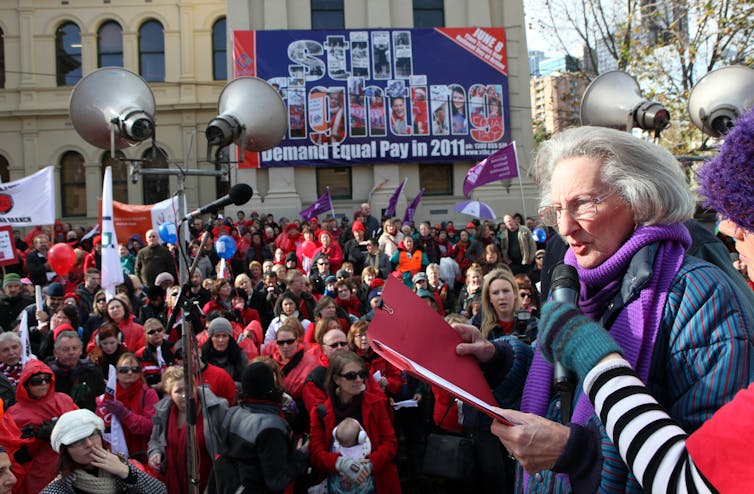
David Crosling/AAP
The film also doesn’t shy away from documenting the factions and tensions that developed inside the movement, particularly with Indigenous and lesbian women. A similar internal struggle played out in America’s second wave, with demands for more nuanced approaches to resistance underscoring just how difficult it is to navigate the intricacies of patriarchal oppression collectively.
Telling stories to new generations
One of the strongest messages in this film is the importance of revisiting history, of telling these stories to new generations not just so they can understand who blazed the trails in this country — who fought for equal pay, subsidised childcare, legislative policy for women and abortion rights — but so they can continue the fight.
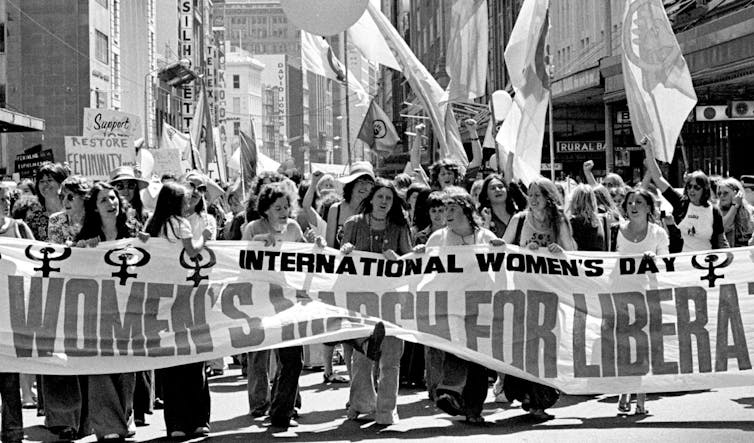
Photo by Anne Roberts, courtesy Mitchell Library, State Library of New South Wales and SEARCH Foundation.
In the last ten minutes the old black and white footage gives way to coverage of protests today — LGBTI rainbows in full swing, men marching in solidarity with women, toddlers held aloft on their shoulders — a vision artist Suzanne Bellamy, one of the original 70s campaigners, says she would never have seen in her time. A celebration of how far we’ve come and a warning of just how easily everything these women fought for could be lost.
I’m reminded of the importance of a film like Brazen Hussies walking back to my hotel by the Brisbane river. A nondescript, middle-aged dad coming towards me, two kids barrelling ahead on shiny scooters. I move to the left and when the kids pass me, he slows down and I find that odd. I nod and say “hi”.
He says, “G’day sweetheart,” glazed eyes running the full length of my body — the sweetheart, drawn out and slow — with just the right amount of threat in it. A threat that lodges somewhere deep in my spine. I tell him to f… off, surely, he’s not going to retaliate with two kids in tow. I sigh, and I keep on walking.![]()
Sally Breen, Senior Lecturer in Writing and Publishing, Griffith University
This article is republished from The Conversation under a Creative Commons license. Read the original article.


